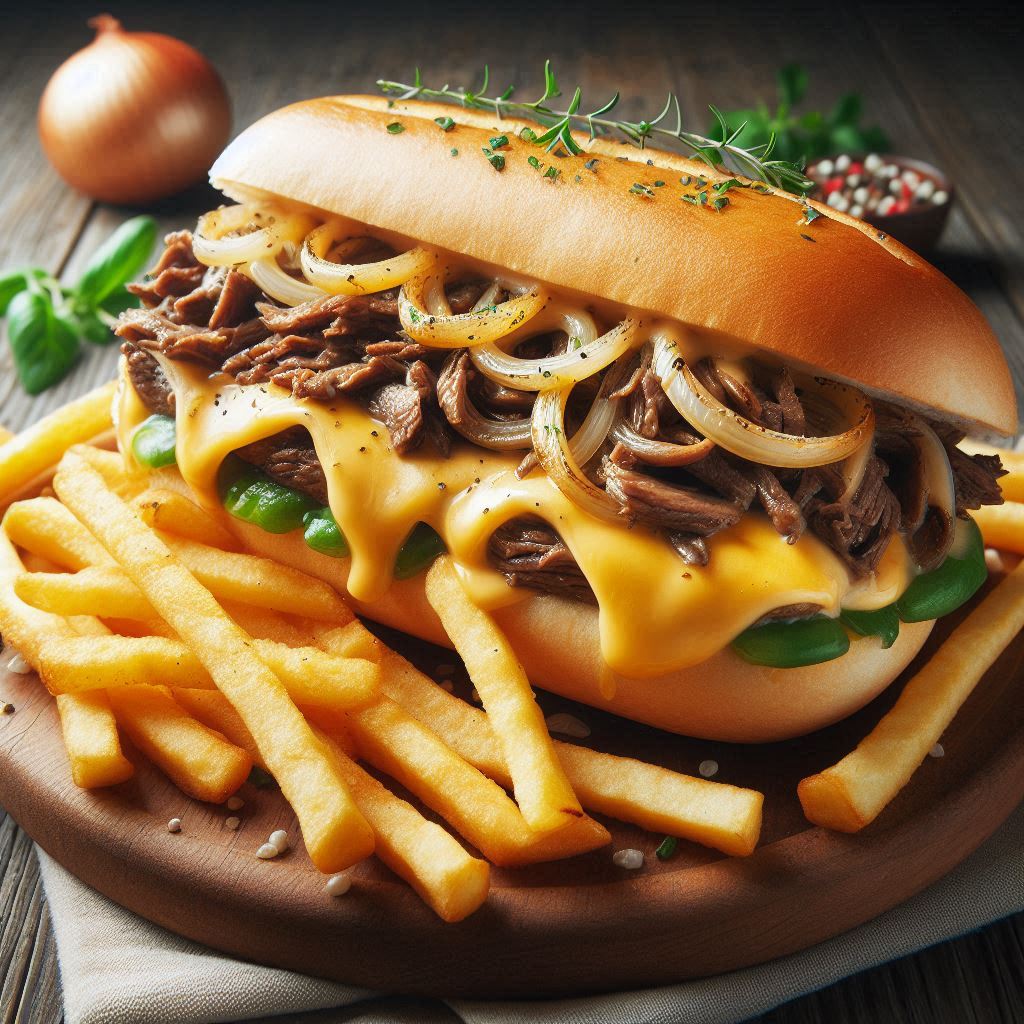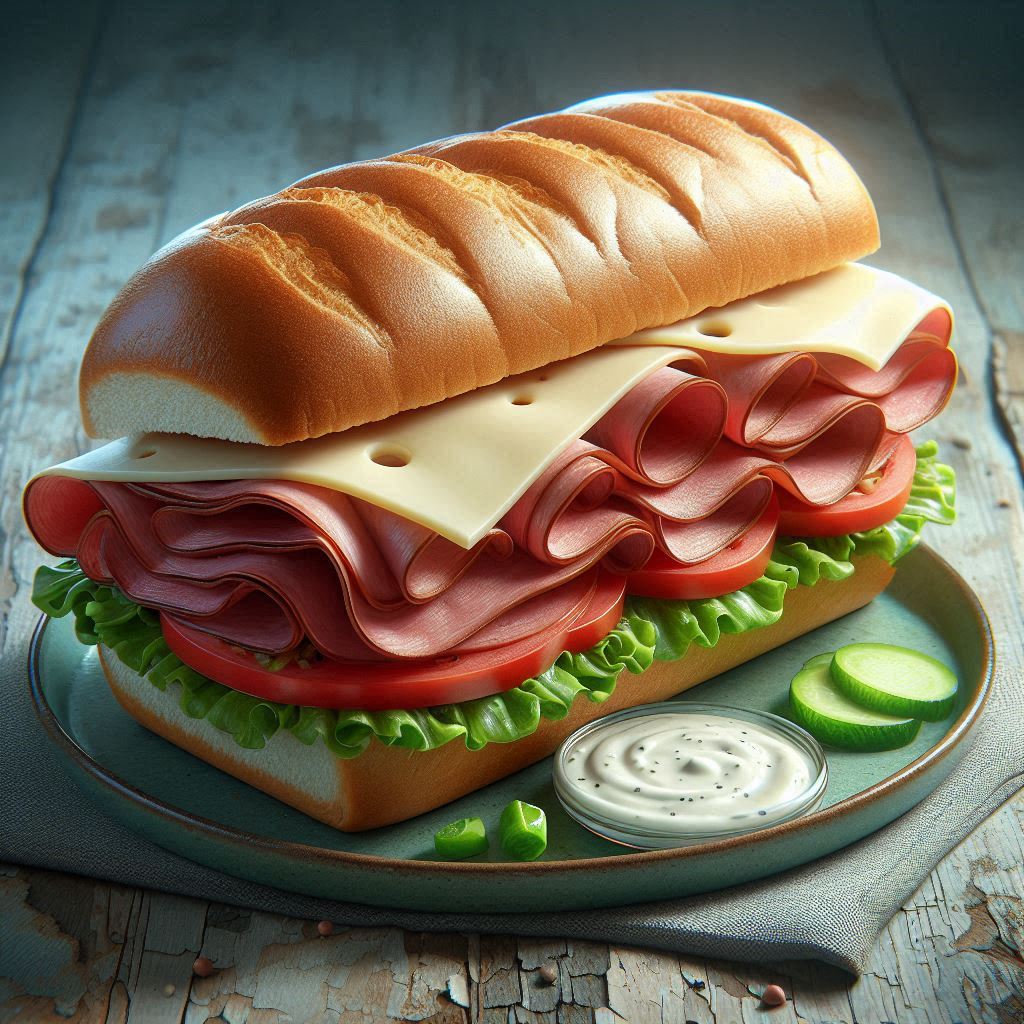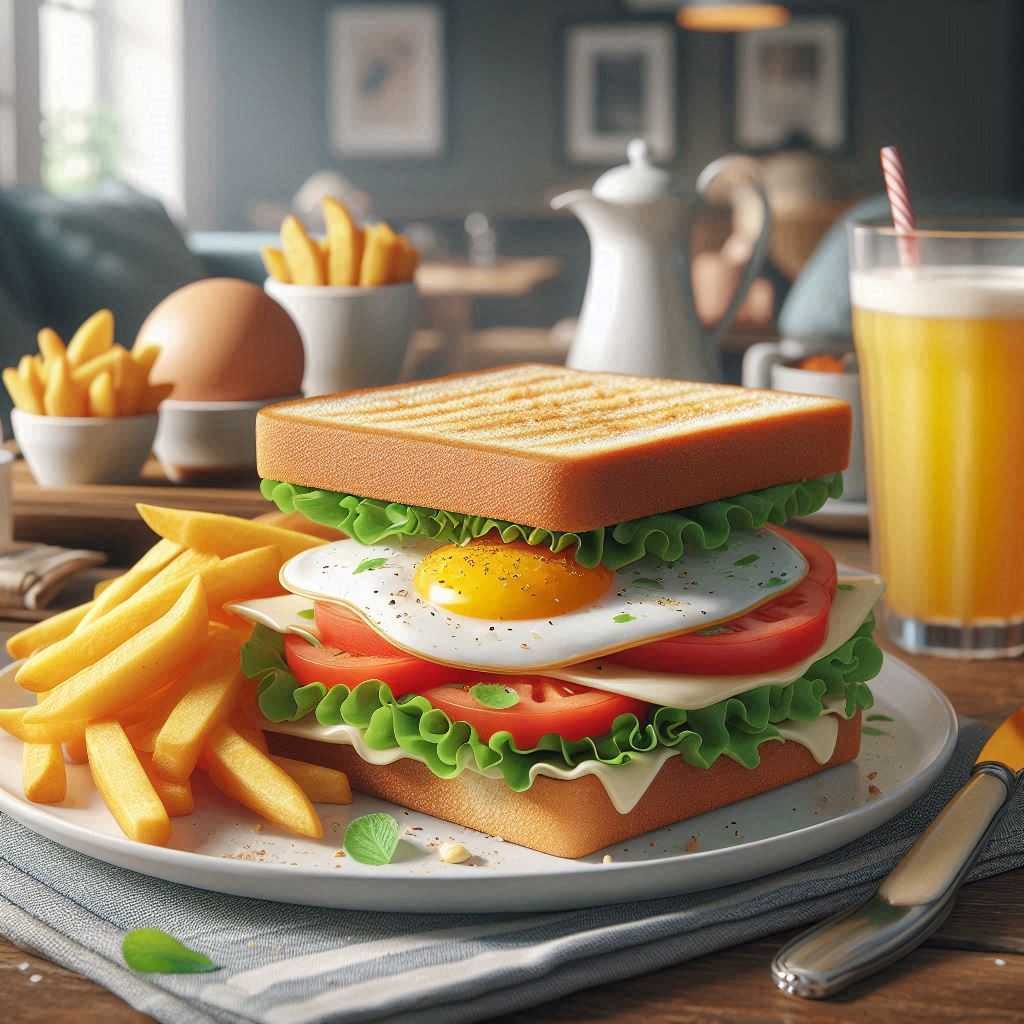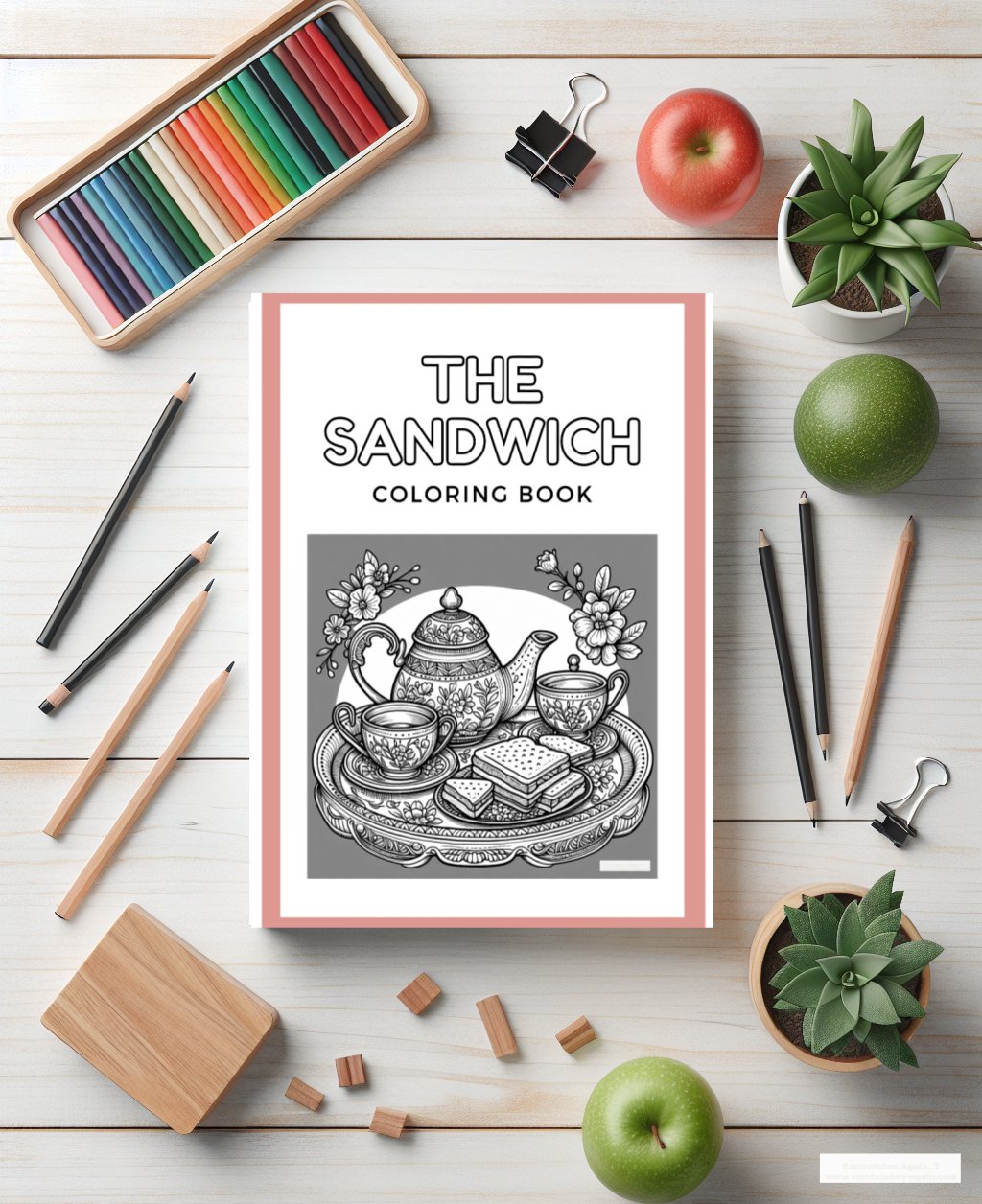Sandwich ~ A Definition
Sandwich
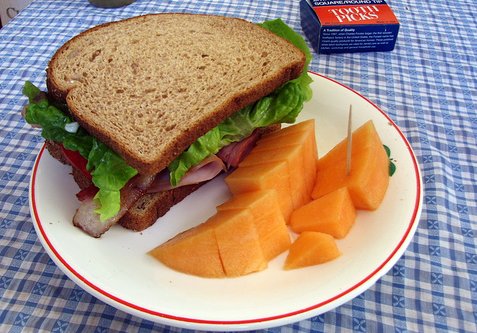
sand-wich:
Sandwich - It is most commonly used as a noun. At least that's what most of us think about when we look in the refrigerator for fillings and in the cupboard for a loaf of bread.
–noun
- Two or more slices of bread or the like with a layer of meat, fish, cheese, etc., between each pair.
And occasionally, it's used as a verb. It can be in reference to food or something totally unrelated to food. Personally, I've never heard it used this way. It just sounds awkward to me, but if you like it, use it.
–verb (used with object)
- To put into a sandwich.
- (be sandwiched between) insert or squeeze (someone or something) between two other people or things, typically in a restricted space or so as to be uncomfortable.
So where did it come from? What is the history behind this word?
Origin:1755–65 - Named after the fourth Earl of Sandwich (1718–92)
The History Behind the Sandwich
The sandwich, as we know it today, has a history that dates back for centuries. The name "sandwich" is attributed to John Montagu, the 4th Earl of Sandwich, an 18th-century English nobleman. The story goes that he was an avid gambler who didn't want to leave the gaming table for meals. To solve this, he asked for meat to be served between two slices of bread, allowing him to eat with one hand while continuing to play with the other.
However, the actual concept of placing food between slices of bread is much older than that. One of the earliest known sandwich-eaters was Hillel the Elder, a rabbi and scholar from the first century B.C. He made sandwiches using Paschal lamb, bitter herbs, and unleavened matzoh bread during Passover. Additionally, the idea of rolling bread with a filling has its ancient roots in Turkish culture.
The sandwich gained in popularity in Europe and eventually made its way to America, where it began evolving into its various forms. Today, sandwiches are a staple in the US as well as in many cuisines worldwide. They're known and loved for their convenience, versatility, and their endless variety.
Sandwiches and Their Social Impact
Sandwiches have had quite an impact on social customs and traditions all across the globe. How exactly have they influenced society? Inquiring minds want to know.
1. Convenience and Portability:
Sandwiches have long been the go-to food for people on the move. Their portability made them a popular choice for workers, travelers, and students, thus shaping our daily eating habits and mealtime routines.
2. Cultural Variations:
Different regions have developed their own unique sandwich traditions. The French, for example, have the croque-monsieur. Italians enjoy their paninis, and Vietnam has the bánh mì. These regional sandwiches showcase local ingredients and culinary traditions. When visitors try these sandwiches, it promotes cultural exchange and an appreciation beyond our own limited taste buds.
3. Social Gatherings:
Sandwiches often play a central role in social gatherings and events. From picnics and tea parties to potlucks and tailgating, sandwiches offer a versatile and easy-to-share option that helps brings people together around the joy of eating.
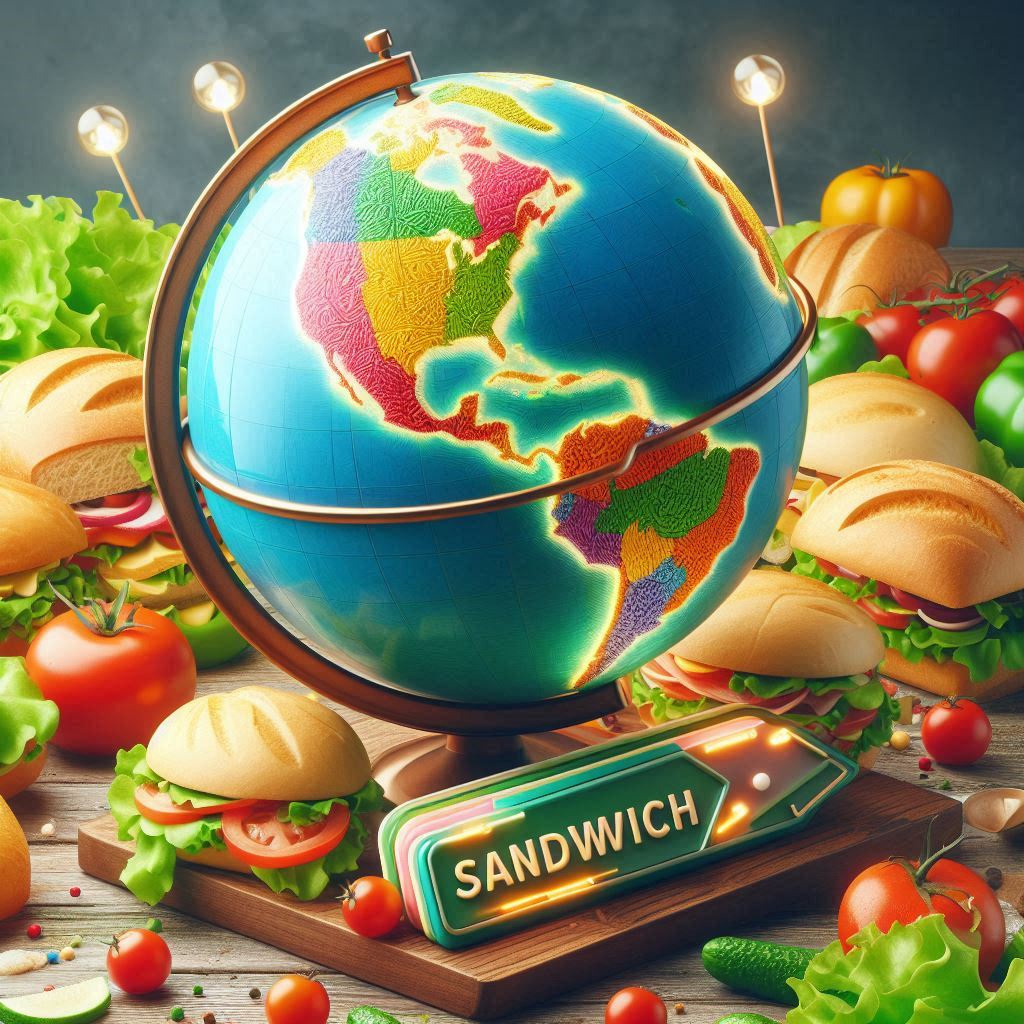
4. Economic Impact:
The sandwich industry has grown significantly, with countless delis, cafes, and fast-food chains specializing in this humble meal. This growth has created numerous jobs, influenced food trends, and contributed to the global economy as a whole.
5. Innovation and Creativity:
The endless possibilities for sandwich combinations have inspired culinary creativity by the young as well as the old. Famous chefs and home cooks alike enjoy experimenting with different ingredients, flavors, and presentation styles. We continue to push the boundaries of what a sandwich can be.
Sandwiches have not only adapted to the changing needs of our society but have also helped to shape those needs. Whether it's through convenience, cultural expression, or social bonding, the humble sandwich has left its mark on our lives in more ways than we can count.
As we gather around our tables, sharing breads, fillings, and the sides that pair with them, I'm sure the future of this meal will continue to delight and tantalize our taste buds.
Wondering What the Most Popular S*wich is Around the World?
The most popular sandwich in the world is a tough one to call. It varies from region to region and even then, personal preference also plays a part. There are a few that have gained international fame and are beloved by many.
- The Shawarma originates from the Middle East, is made with marinated and spit-roasted meat. It is usually served in a pita or flatbread with various toppings and sauces.
- The Bánh mì is a Vietnamese sandwich which combines a French baguette with ingredients like pickled vegetables, cilantro, and various meats. It reflects a blend of both French and Vietnamese culinary traditions.
- The Philly Cheesesteak is a classic American sandwich from Philadelphia. It features thinly sliced beefsteak, melted cheese, and usually includes sautéed onions and peppers, all served in a hoagie roll.
- The BLT - which stands for bacon, lettuce, and tomato, is a simple yet delicious sandwich. It is a common staple in many homes as well as a common dish served in restaurants.
These four sandwiches have become iconic and are enjoyed by people all around the world. Do you have a favorite among these popular choices, or is there another sandwich you love more? You can share it in a comment with us by using the form below.
One thing I didn't know is that, depending on where you live, the definition of a sandwich may have been determined in a court of law. (Opens in a new window). The video below might help to clear things up, as well....
Have A Comment About This Page?
Do you have a comment you'd like to add about this? Share it!
A quick word. This page may contain affiliate links.
|
Dear Friends, "Sandwiches Again? is a participant in the Amazon Services LLC Associates Program, an affiliate advertising program designed to provide a means for sites to earn advertising fees by advertising and linking to Amazon.com." |
We'd also like you to know it doesn't cost you anything when you click through the links here on our blog. Not one single penny. And we will make a little extra cash when you do click through. We'll be ever so appreciative. You also have our word that we'll only link to things that we would use ourselves, (or wish we could have). |
New! $5
The Sandwich Coloring Book!!
The Sandwich Coloring Book is a PDF book that you can download and print out the pages to color. You and your children will love the intricate pictures featuring all kinds of sandwiches. From peanut butter and jelly, to leftover turkey sandwiches! There's a grilled cheese sandwich with tomato soup and even a pretty tea set with dainty tea sandwiches. And we're sure you'll love our cute little Sandwich Guy as well - so cute!!
Have fun printing out any of the 21 coloring pages to color over and over again. If you love sandwiches, you'll love this fun coloring book.
You will get a PDF (23MB) file


